Whether you are a car enthusiast or simply enjoy intriguing automotive stories, the Volkswagen Beetle always appears as one of the most iconic and versatile vehicles of all time. Now, imagine transforming one of the most popular models in history into a true mechanical freak by equipping it with a Porsche engine and a widebody look that would not go unnoticed on any road or exhibition. This is the story of the so-called “Beetle by Oettinger”, a work of engineering and creativity that flirts with the bizarre, but carries an irresistible aura.
The Connection Between the Beetle and the Porsche
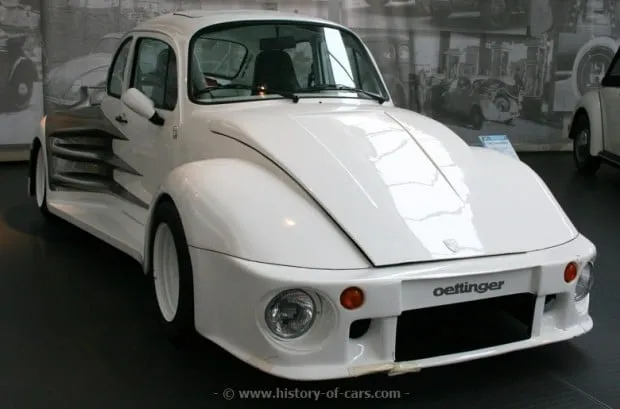
You may have heard that the beetle and Porsche 911 share some similarities, and it's no coincidence. Both have their roots in Ferdinand Porsche, the designer of the Beetle and later the mastermind behind Porsche's sports cars. Despite their crucial differences – such as the number of cylinders and the purpose of each vehicle – the basic mechanical architecture, with a rear-mounted, air-cooled engine, is something that unites the two models.
It’s common to hear jokes that the Beetle is a “Porsche gone wrong” or that the 911 is just a souped-up Beetle. But if you really think about it, these simplistic comparisons don’t do justice to the complexity and genius behind both projects. And it was precisely this technical similarity that opened the door for daring enthusiasts to create modified versions, bringing the humble Beetle closer to its more noble “relative.”
The Beetle by Oettinger: Far Beyond the Conventional
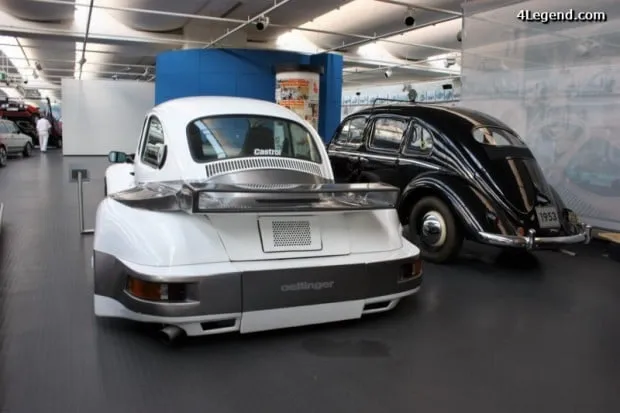
Among the various creations based on the Beetle, the “Beetle by Oettinger” stands out as one of the most extreme. Produced in the 1970s by the renowned German preparer Oettinger, this project was not the result of an improvised garage, but rather of a respected workshop, which delivered a true automotive work of art.
Widebody Design Inspired by the Porsche 930 Flachbau
The client who commissioned the project didn't want a "just sporty" Beetle; he wanted something truly radical. The car's design was inspired by the Porsche 930 Flachbau, one of the most iconic versions of the first-generation 911 Turbo. The Flachbau, or “flat nose”, was a Porsche design based on the legendary 935, winner of the 24 Hours of Le Mans in 1979.
In the case of the Beetle by Oettinger, the transformation included wide fenders, redesigned sills and front and rear bumpers sourced from the Porsche 911. In addition, the car was equipped with headlights and taillights identical to those of the sports car, creating a look that, although caricatured, is impressive.
The most interesting thing? Everything was done in metal sheets, not in fiberglass, as would be expected in projects of this type. The end result is a body of 2.2 meters wide, which makes this Beetle the widest in all of Europe.
Mechanical Base: Beetle 1303 with Porsche Engine
The car chosen for the transformation was a Volkswagen Beetle 1303, considered the pinnacle of the model's evolution in Europe. This Beetle brought significant innovations in relation to its predecessors, such as:
- McPherson front suspension, which improved drivability.
- Curved windshield, offering better aerodynamics and visibility.
- More modern panel and a larger 50% trunk.
With this already improved base, Oettinger installed a genuine flat-six engine from Porsche. Although the exact specification has been lost over time, it is known that the engine delivers impressive 260 hp, which indicates the possibility of it being the three-liter block of the Porsche 911 Turbo 930.
If you're thinking that this is overkill for a Beetle, you're absolutely right. But it's precisely this extravagance that makes the project so fascinating.
From Circuit to Museum
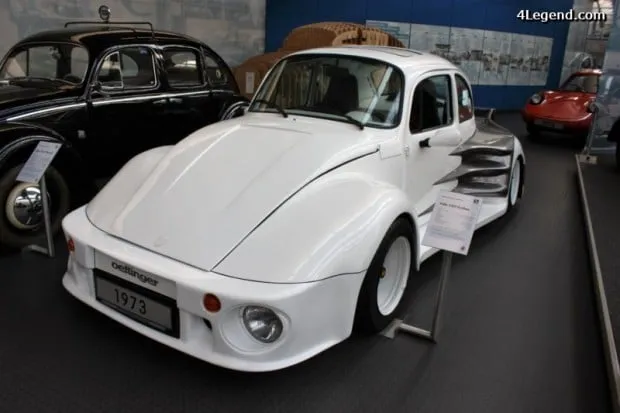
Although this Beetle was designed to look like a race car, it wasn’t just a styling exercise. The white tape often seen in photos of the car was used to protect the paint during competitions. Yes, it was built to be driven – and at high speeds.
Currently, the Beetle by Oettinger does not belong to a private collection. It is part of the collection of Volkswagen Museum in Wolfsburg, Germany, where it is displayed next to an original Beetle to highlight the impressive modifications.
The Fascination with Exaggeration
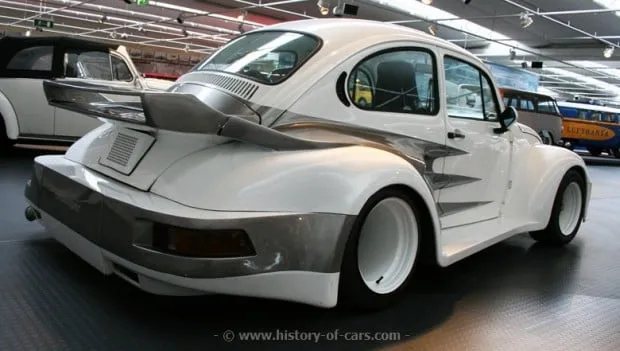
It’s impossible to look at the Beetle by Oettinger and not feel something – be it admiration, curiosity or even strangeness. The combination of a Beetle with design elements from the Porsche 911 creates a visual identity that defies convention and captivates the eye.
You might even question whether this type of modification is worth the effort and investment. After all, how much would it cost to replicate a project like this today? Based on current values, the Porsche engine alone and the adaptations to install it could exceed the R$ 200,000, considering the cost of parts and specialized labor.
If we add up the structural changes, new body components and finishing, it would not be an exaggeration to estimate that a similar project would easily cost more than R$ 500,000.
Conclusion
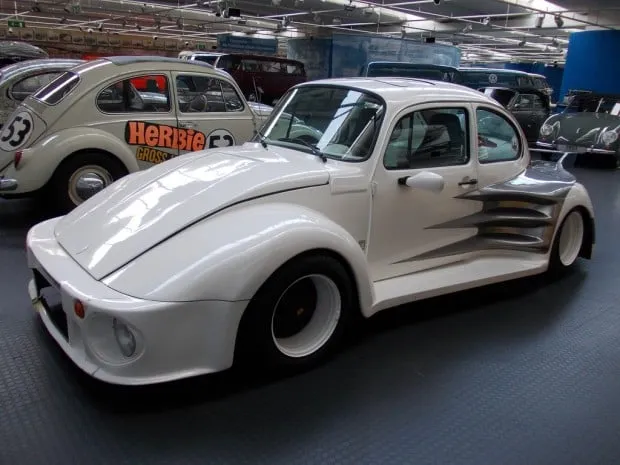
O Beetle by Oettinger is a reminder that the automotive world knows no bounds when it comes to creativity and passion. It transforms the beetle, one of the simplest and most accessible cars in history, in a machine that mixes performance, style and exclusivity in a unique way.
You may never get the chance to drive a car like this, but just knowing its history is enough to appreciate the work and boldness behind its creation. After all, what would the world of cars be like if there were no people willing to challenge standards and reinvent what already seemed perfect?
So, what do you think of this combination? Beetle and Porsche? Inspiring or over the top? Regardless of your opinion, one thing is certain: the Beetle by Oettinger is a rare piece that will never be forgotten.









